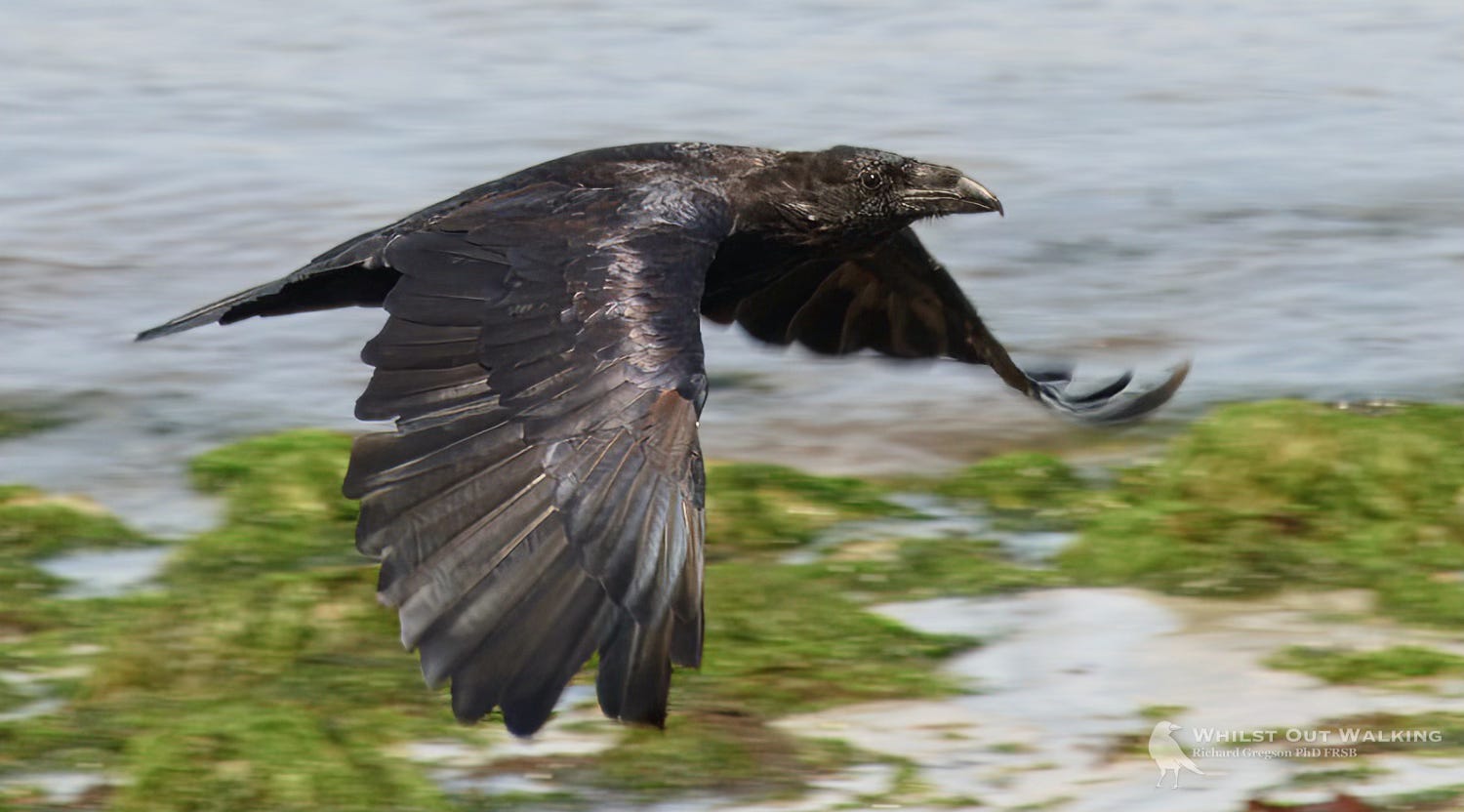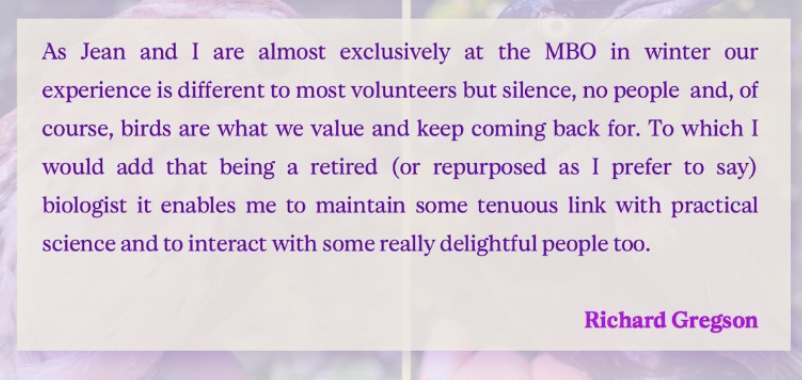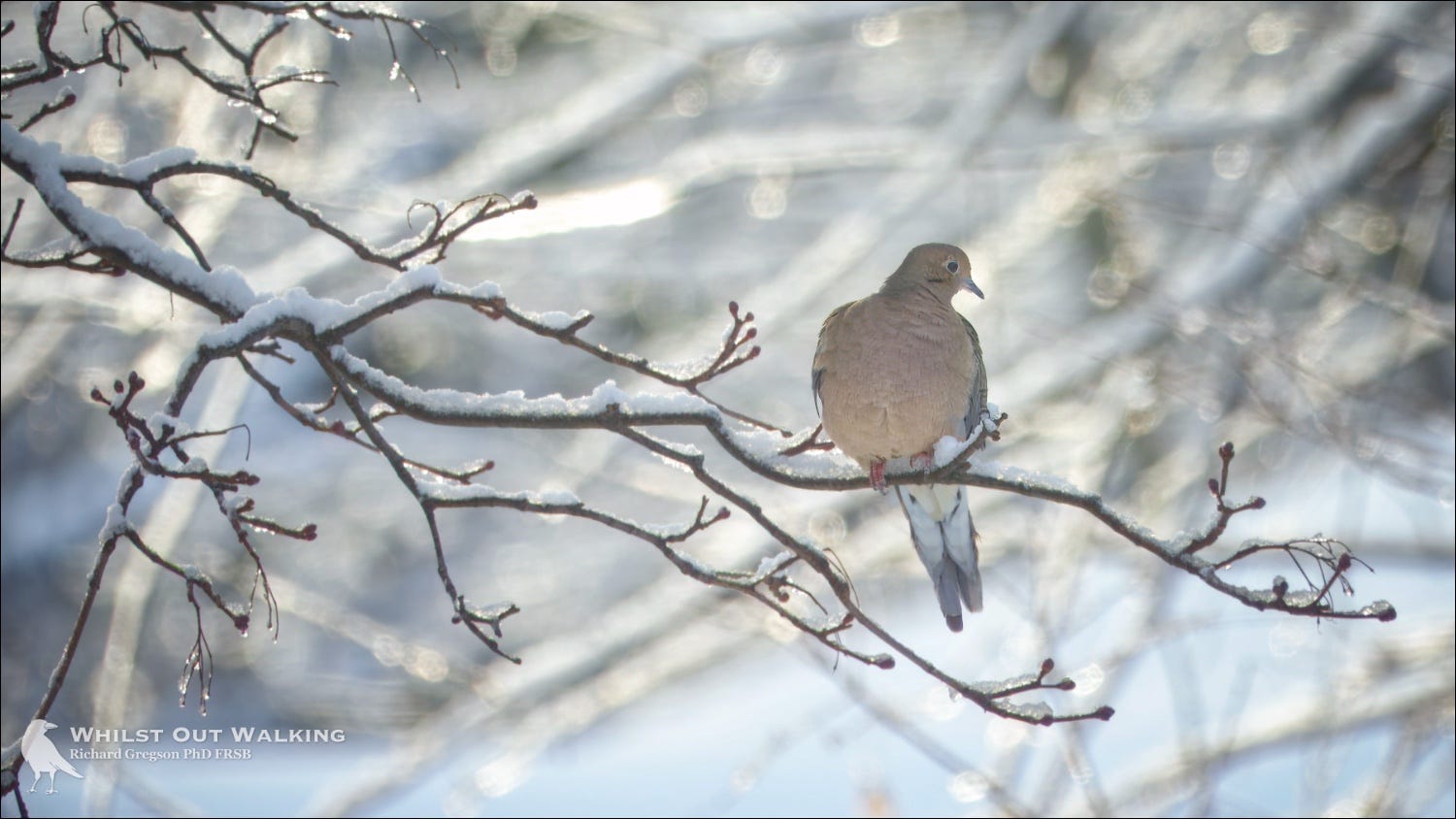Once upon a time, it is said, before Europeans started “developing” the Americas, the dominant Corvid on these shores was the Common Raven while the Crows were mostly exploiting forest edges and cleared land along rivers and around lakes. Each to their own niche with Ravens in the forests and Crows guarding the edges.
Then came the great felling of trees and the expanding of cities and the weaving of road and rail networks, and things flipped over. The Crows found themselves with vast areas of cleared land to expand into while the Ravens were confined to ever diminishing forested areas. Which is a shame, but it is what it is.
Living as I do on the suburban edges of a major city we are not short of Crows - perhaps fewer than when we first arrived 26 years ago due to the ravages of West Nile Virus to which Crows are peculiarly susceptible … but gradually their numbers are rebounding. Ravens, which are similarly affected, were also in peril but there were never that many in the area which, due to lower population density, may have helped to minimise the infection rate amongst them. There were Ravens, just a few, in the nearby arboretum and for years a pair would nest on the top of a steel supporting tower of a railway bridge between Montreal Island and Ile Perrot. That was it, and then …
We live in a tiny suburban municipality that has large gardens and an extensive tree cover. Not a forest or even woodland but certain many more mature trees than anywhere else in the area and only a very few minutes flight from the arboretum. Some three or four years ago we began to notice the very distinctive calls of Ravens in our corner of the town. This became quite regular in and we wondered if a pair at least might set up territory - fingers crossed. Then this winter we have noticed signs of Ravens prospecting potential nest sites in a very old tree down the road, near a small park. Needless to say our eyes and ears are open to further evidence of settlement. How wonderful if the “Baie-D’Urfé Ravens” could become established. I think they could make a good living here, and entertain us with their effortless aerial looping, rolling and playing. Magnificent and highly intelligent birds.
Then this ebony bird beguiling my sad fancy into smiling,
By the grave and stern decorum of the countenance it wore,
“Though thy crest be shorn and shaven, thou,” I said, “art sure no craven,
Ghastly grim and ancient Raven wandering from the Nightly shore—
Tell me what thy lordly name is on the Night’s Plutonian shore!”
Quoth the Raven “Nevermore.”
Ravens, and Crows, and Blue Jays and their cousins are not at all keen on having Owls or raptors in their territory and will often mob them. If you see or hear a gang of Ravens et al circling and making a heck of a row, it is often worthwhile wandering over to see what the fuss is all about. This picture, taken recently by a friend (© Marcel Gahbauer), well illustrates what you could find … that owl does not look happy.
All around the northern hemisphere where Ravens are found, they have populated legend and tradition. For example, Odin, the chief of the Norse gods, was accompanied by a pair of ravens. Hugin (thought) and Munin (memory) who would fly far and wide to bring him news. One of Odin’s names, Hrafnagud, means the ‘Raven God’. The indigenous people of America’s Pacific Northwest have a strong relationship with the this bird. Raven features in a number of creation stories as both trickster and hero.
Intelligence
Corvids in general, and Ravens in particular, are extraordinarily intelligent birds and put the lie to the derogatory epithet of calling someone who is silly, a “birdbrain”. No need to expound on that here, the internet and many books are awash with detailed information about what these clever birds can do … here is one such book that you may enjoy reading.
‘Ravens in Winter’ by Bernt Heinrich is a field biologist’s chronicling of his efforts to explain a seemingly contradictory behaviour in Ravens; sharing food in winter. Why should a bird not renowned for its ‘communal spirit’, least of all at a time of year when food is so scarce, behave so altruistically? What starts off an inquisitive hobby transforms into a full time research project over several years as this question proves not so simple to answer. The author was working in the forests of northern Maine, so not too far from where I am writing.
https://www.thenaturalistsnotebook.com/ravens-in-winter
Biodiversity on the Campus
We are fortunate to live almost next door to McGill University’s Macdonald Campus where a lot of wildlife biology research and expertise is concentrated. A recent website, entitled From Passion to Impact, beautifully illustrates some of the splendid conservation work being done.
https://arcgis.mcgill.ca/portal/apps/storymaps/stories/88b6813c82ba4daeb54e7628bad482d8
One of the projects highlighted, the McGill Bird Observatory, works with a combination of student and academic staff accompanied by community volunteers. We have had various degrees of personal involvement over the years. When, a few years ago, I was President of Bird Protection Quebec and chaired its grants committee we helped initiate financial support for the observatory, something that my successors in those roles have been able to increase to an enormous degree. Today J and I make regular visits during the four winter months of the year to fill up bird feeders that support resident species and to walk the snowy trails recording the birds that stay there year around, as well as winter visitors from the north. This is one of the best and most meaningful things we do and I was surprised, and pleased too, to see that I have been quoted on the website … thus:
It’s cold this week …
More about Redpolls
https://finchnetwork.org/rest-in-peace-hoary-redpollby-ryan-mandelbaum?mc_cid=ec9fe2f430
It is necessary to stop trying to force creatures (not only birds) into the tight confines of boxes labelled “species” and rather think of them as differing forms on a continuum. The species concept has great utility but its confines are not as black and white as we might think.
Jumping Spiders
Slimemoulds
Beautiful things …
https://www.theguardian.com/commentisfree/2025/jan/08/slime-mould-dark-matter-transport-networks
The Benefits of Fallen Trees
Surveys … over a 30-year period from 1971 found that by 2001 the number of species had increased in woods supposedly damaged by the great storm of 1987 and other major storms in 1990 whilst in other woods, the number of species had declined. This is because the changes resulting from the storm benefitted woodland flora that need more light to grow, such as bluebells and primroses, and certain types of birds, like warblers were able to take advantage of the increase in low ground cover created by brambles and the regrowth from fallen trees .














Thank you for this, Richard. For many years, I got to watch a pair of ravens build a nest and raise their young on the cell tower across the street from my office in Pointe-Claire. They appeared out of nowhere one spring and I hope they (or their offspring) are still there.
Ravens are magnificent, we're lucky that they nest in Edinburgh!